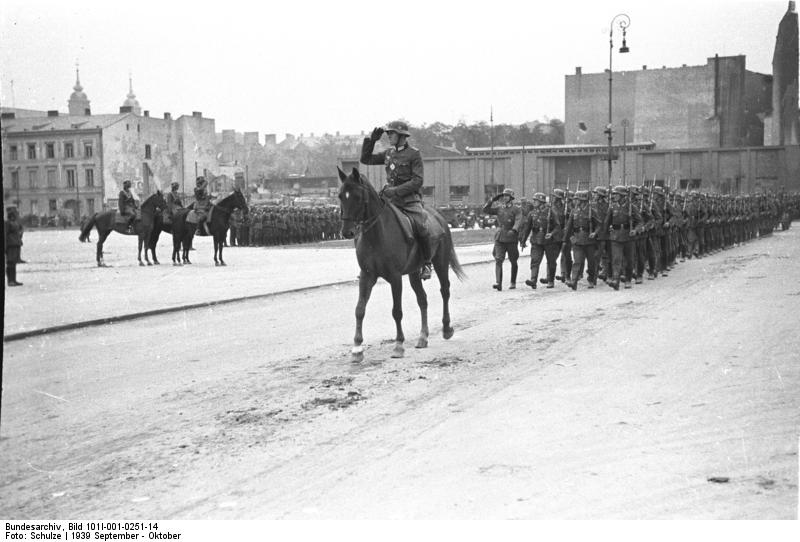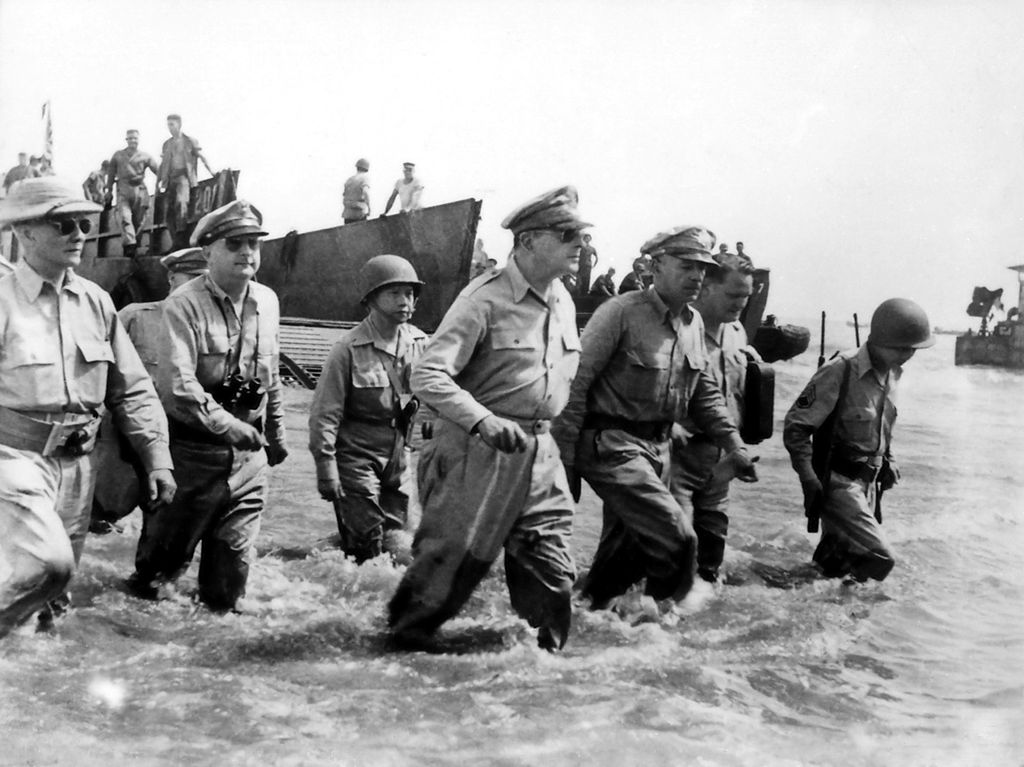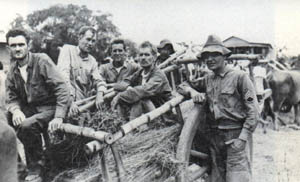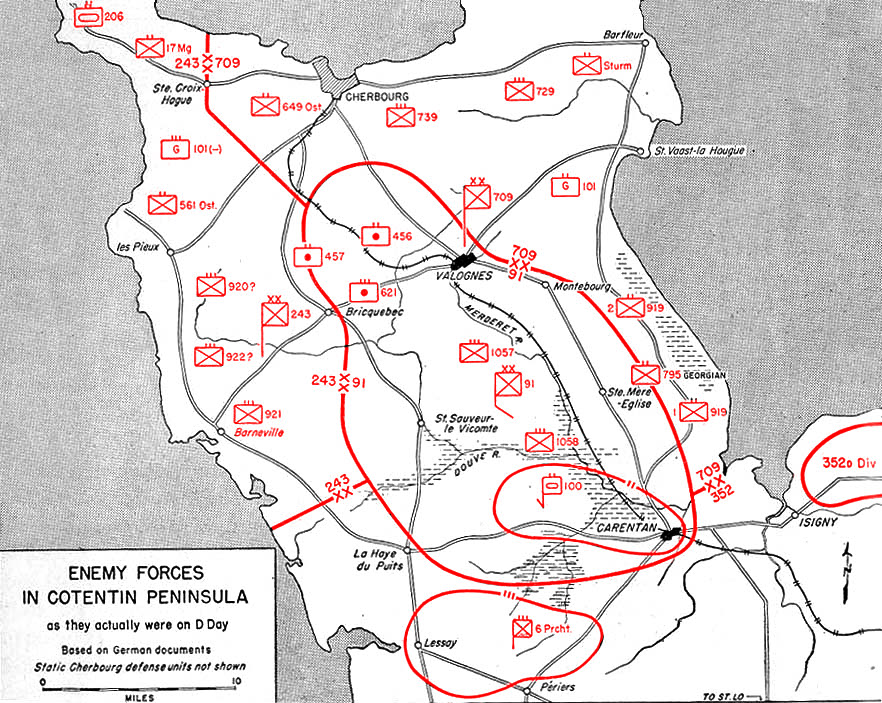WWII portrayed through various historians

WWII is considered to be the greatest conflict in human history. The conflict raged across Europe, Asia, Southeast Asia, and islands in the Pacific. The War began on September 1st, 1939 and ended on September 2nd, 1945. 58 countries took part in the conflict that cost 60 million lives. WWI involved only 28 countries and cost 30 million lives. Due to the large size of the conflict, various historians have portrayed the battles and campaigns in WWII in a variety of ways with different sources of information. Putting all of these different sources of information together sometimes leads to several versions of the same battle but with different information being presented which could make it difficult to find out what actually happened.

The purpose of this paper is to look at the various authors and source that discuss the battles and discern what actually took place, who was there, and what is/isn’t true. The majority of the source I’ll be using comes from books that were published by Osprey Publishing. The books focus on a particular campaign or battle and discuss them in great detail with historical accuracy, eyewitness accounts, photos, maps, full color battle scenes, 3-dimensional bird’s-eye-view, and illustrations that can make you feel like you were right there with the soldiers. For example, one book is called LEYTE 1944 Return to the Philippines. The book was written by Clayton Chun, and Illustrated by Giuseppe Rava. The book follows General MacArthur’s return to the Philippines and the liberation of Leyte Island from the Japanese which was the start of the Liberation of the Philippine Islands.

Another book written by Chun is LUZON 1945. The book is about the final liberation of the Philippines following the successfull capture of Leyte in November, 1944. The forces used by the US during the Allied invasion and subsequent Luzon campaign was laregly an all-American Army show. The US Sixth Army was the primary US force on Luzon with 5 infantry divisions (6th, 43rd, 25th, 37th, and 40th), three Regimental Combat Teams (63rd, 158th, and 108th), the 13th Armored Group, the 68th Antiaircraft Artillery Brigade, the 6th Ranger Battalion, and support elements. The Japanese had 262 thousand men defending Luzon, but the Americans had the edge with superior equipment, training, tactics, and firepower. An unsung Allied force that provided significant combat, reconnaissance, intelligence, scouting, and other support was the Filipino guerrilla movement. One of General MacArthur’s justifications for invading Luzon, instead of Formosa, was to rescue the many American and Filipino prisoners languishing in Japanese camps. Since the fall of the Philippines in 1942, most American POWs had been shipped out of the Philippines and sent to labor camps in Japan, but large numbers remained. The Allied planners feared that the Japanese would kill the prisoners rather than release them if American troops got close. This was true on the Island of Palawan where 150 American POWs were herded into air raid shelters and burnt alive upon the news of MacArthur’s invasion of the Philippines. The POW camp at Cabanatuan was the first POW camp rescue during the campaign. The raid was done by the 6th Ranger Battalion, and 286 Filipino guerrillas and they rescued 512 POWs for the loss of two rangers killed and one wounded. It is considered to be one of the greatest rescue missions ever conduct in the history of the US military.

One major wrier in Osprey Publishing is Steven Zaloga. Steven J. Zaloga received his BA in History from Union College and his MA from Columbia University. He is the author of numerous books on military technology and military history, with an accent on the US Army in WWII as well as Russia and the former Soviet Union. 6 of the 13 books discussed in this essay are written by him. The first book discussed in this essay is CHERBOURG 1944. It was the first Allied victory in Normandy following D-Day. The US VII Crops was tasked with securing the Cotentin Peninsula and the port city of Cherbourg. The German units were mainly coastal defense troops with a wide assortment of equipment. The division at the center of Cherbourg’s defense was the 709th Infantry Division, a static division used for occupational duties and coastal defense. There were only two German Panzer (tank) units on the Cotentin Peninsula on D-Day, both replacement and training battalions (Panzer-Ersatz-und-Ausbildung-Abteilungen), equipped mainly with war-booty French tanks of the 1940 campaign. Panzer Replacement and Training Battalion 100 was equipped with 17 Renault R-35 light tanks, 8 Hotchkiss H-39 light tanks, one Somua S-35 medium tank, one Char B1 bis heavy tank, and one Panzer III J medium tank. Panzer Replacement and Training Battalion 206 was equipped with 20 Hotchkiss H-39s, ten Somua S-35s, two Renault R-35s, and six Char B1 Bis. These French tanks had good armor protection by 1940 standards but were vulnerable to all typically US Army anti-tank weapons of the 1944 period. There was also plenty of Russian Artillery guns but the fighting power of the Wehrmacht on the peninsula was hampered by lingering shortages of good quality troops. General Marcks summed up his opinion during the Cherbourg maneuvers in 1944: “Emplacements without guns, ammunition depots without ammunition, minefields without mines, and a large number of men in uniform with hardly a soldier among them.”
The Second book is BRITTANY 1944. The book is about Hitler’s Final Defenses in France. The main focus of the book is the Siege of Brest. Apart from the Americans, the French resistance played an active role during the campagin. The French resistance movement had a much greater impact in Brittany during the 1944 campagin than in most other regions. This was due to the unique conditions in the region along with a very active Allied speical operations effort. The first large-scale Allied support for the Breton Maquis started in June 1944 with the dispacth of the troops of 4 SAS. The Allies would liberate Brest September 15, 1944, but the Germans so severely damaged the port facilities that it would not be until after the war that the port was operational. Following the capture of Brest, it was decided to contain the remaining Breton ports. With most of France liberated, de Gaulle’s provisional government had to decide on the future of the FFI (French Forces of the Interior also known as the French Resistance). by August 1944, the FFI was estimated to number 400 thousand, although not all were armed. the FFI was a collection of local militias; some politically motivated, others more patriotically motivated. De Gaulle’s government was aware that some of the more belligerent Maquis were those of the French communist party and there was concern over the future political intentions. Regardless of the political threat, the immediate problem was the growing lawlessness in some areas, with the Maquis conducting retribution against collaborators. Order was needed to be established or a civil war might ensue. The solution was two-fold. On the one hand, the 1st French Army in Alsace needed reinforcements. This army had been raised from North African and West African colonial units, many of which had been in combat since early 1943. De Gaulle felt it was politically necessary to replace as many colonial troops as possible with Frenchmen. As a result, many FFI members were given a choice of being absorbed into the army or being disarmed and sent home. About 300 thousand FFI members went to the army, and a further 40 thousand to the French air force and navy. The FFI helped in creating three new divisions that could be employed to cordon the ports. These units were equipped with older war-booty French equipment from 1940 still stored in German depots; some equipment such as tanks came from captured German equipment.
The Third book is ST LO 1944. The book is about the Liberation of St Lo, France, and the battle for the hedgerows. The US First Army was hampered in their campaign to liberate ST LO. The terrain at the base of the Cotentin peninsula was tightly compartmentalized by >bocage<, the French term for coastal hedgerows. The situation was exacerbated by the sodden marshlands feeding into the Vire River estuary and numerous other rivers in the area. The marashlands were swollen by late June rain and some of the areas had been dammed and flooded by the German army to repel Allied airborne landings. The conditions in the bocage country were well known to the commander, GFM Erwin Rommel, who had fought in the area during the 1940 Battle of France. The Germans recognized the defensive advantages of the >bocage< country, and so concentrated their limited forces, especially their premir Panzer divisions, in facing the British. The fighting in the >bocage< country was conducted primarly by infantry forces on both sides. The one area of unquestioned US Army superiority in Normandy was in field artillery. Artillery was the primary killing arm on the World War II battlefield, accounting for the majority of enemy casualties. US and German artillery composition at divisional level was similar on paper, the the US infantry division having three 105mm howitzer battalions and one 155mm howitzer battalion. However, US units had their full equipment sets while German divisions in Normandy often had substitutes, such as war-booty equipment. The German 7th Army had about 350 guns and howitzers in its field artillery battalions compared to about 1,200 in the First US Army. Aside from the disparity in numbers, the German arsenal was an incredibly motely selection numbering 19 different types of which only half, about 190 guns, were standard 105mm IFH 18/40 and 150mm sFH 18 divisional guns. The rest were expedient types including over 110 war-booty Soviet, French, and Italian guns. >Bocage< is the Norman and French name for the style of terrain found in the western area of Lower Normandy consisting of pastures boxed in by hedgerows. From a military prespective, the hedgerows created a network of inverted trenches, forming a natural, layered fortification system that was well suited for defense. The earthen bases of the hedgerows shielded the defender from enemy fire and were thick enough to protect against small arms and machine-gun fire. The vegetation on top of the hedgerow provided concealment for the defenders and restricted the observation of the attacking force. >Bocage< complicated the use of field artillery since the vegetation could prematurely detonate the artillery rounds in the trees above before their intended impact against enemy positions. In addition, the hedgerows provided a solid basis for foxholes to shield against mortar and artillery fire.
The Fourth book is DOWNFALL 1945. The book is about the fall of Hitler’s Third Reich. By 1945, the Nazi scheme to dominate Europe had failed. It was no longer a matter whether Germany would be defeated, but a matter of when. The final Soviet assault of Berlin began on April 14, 1945 and concluded in early May 1945. Hitler committed suicide in his command bunker in Berlin on April 30, and the military government under Admiral Donitz brought the war to a close on May 8-9. Fighting continued for more than a week including a major campaign in Prague. This book focuses on the central fronts in Germany during the final month of the war in Europe in April-May 1945. Of the 60 million people who died in the war Russia has the honor of most lives lost with 26 million dead. By the spring on 1945, the conflicting war aims of the Soviet Union and its Anglo-American allies were coming into sharper focus. The coalition that had so successfully prosecuted the war against Germany lasted only a few years before degenerating in a half-century of Cold War. The grim memories of the grotesque violence of 1945 helped dissuade the new rivals from ever letting the Cold War turn hot. Germany would be at the center of the Cold War divided by the UN and USSR with West and East Germany respectively. It would not be until 1990 that Germany would become a unified nation with the collapse of the Soviet Union.
2085 words. /essays/thematic/WWII.html